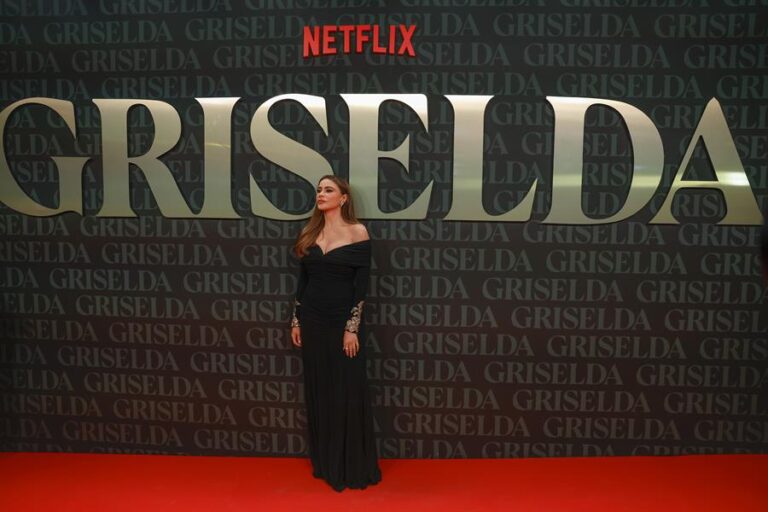
Griselda Revives Miami’s Drug Trafficking Terror
Miami, Feb 8 (EFE).-
The series “Griselda,” starring Colombian actress Sofia Vergara, has revived among Miami residents the terror of the 1980s, a time of violence, debauchery and extravagance in the Florida city fostered by drug trafficking.
Curiously, the Netflix series about Colombian drug trafficker Griselda Blanco could not be filmed in Miami because the city “has been completely transformed,” said director Knut Loewe, who instead filmed in locations on the outskirts of Los Angeles, such as Pomona and San Bernardino, but still managed to recreate the scenes and horror of that time.
To recreate Griselda’s world, Loewe delved into books such as Shtetl in the Sun, a collection of photographs taken by Andy Sweet at the Jewish retirement community in South Florida between 1977 and 1980, and films such as Scarface and the documentary “Cocaine Cowboys.”
The series has revived old fears for those who lived through the drug trafficking era.
“I lived near the Dadeland Mall during the massacre. That day started the worst period in Miami,” said Cuban-American Yara Mateo in reference to a July 1979 shooting in a liquor store in that shopping center, still in operation today.
The incident left two dead and several injured and began the era of the “cocaine cowboys” or “cocaine riders” with episodes of violence that terrorized the city.
Mateo revived the news headlines with that scene in the series.
“These are things you prefer not to think about,” said the 81-year-old Cuban-American. However, she found herself discovering many new elements of the history and the city.

One of those elements was the Mutiny Hotel nightclub in the now exclusive Coconut Grove neighborhood, described by writer Roben Farzad, author of “Hotel Scarface,” as “one of the world capitals of hedonism,” where money stopped having worth.
“The way you saw celebrities, drug lords and CIA-related people and arms dealers throwing money around in pornographic terms was unparalleled. Tens of thousands of dollars were thrown away for a hot tub full of Dom Perignon (champagne),” Farzad wrote. There, societies were formed and dissolved with death sentences.
“I’m shocked by everything that happened here,” a hotel waitress, who asked not to be identified, told EFE.
“You hear about Miami about drug traffickers, but unless you’re passionate about the subject you have no idea that you’re living in historic places. Miami’s history is lost to its people,” said Marcos Hernandez, a 57-year-old Colombian who lives one block from the Mutiny.
The hotel was sold in 1983 and after a failed attempt to improve its image, the property closed for a decade. Today, the Mutiny has four stars, with rooms starting at $357 a night. The nightclub that made it famous is gone and few current residents know its name.
Miami residents recognized in “Griselda” the mansions of wealthy neighborhoods like Coral Gables, as the “Godmother” of drug trafficking was gaining power and money. Also areas of Little Havana and even the reference to Cubans who made the city grow in the 20th century.
However, what transported them to their city’s past were not the locations, the palm trees or the bridges between the islands that make up Miami. It was a seconds-long reference to a well-known defunct department store.
“It was those two bags of Burdines that are next to Sofia Vergara at the beginning of an episode, where she is singing ‘Gloria.’ It brought back so many good memories of the Miami of my adolescence, there was no way not to smile,” Elena Rojas, a 65-year-old Honduran migrant, told EFE. EFE
ac/lds


